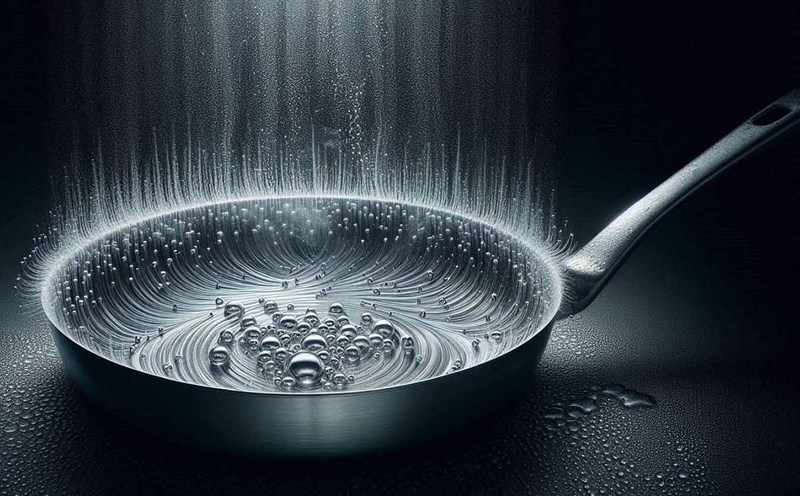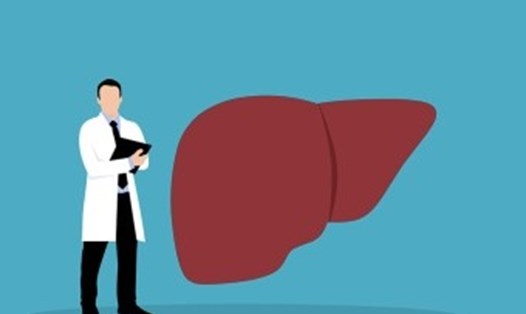Nonstick pans are made from aluminum or stainless steel (or a mixture of both), but the interior surface is finished with a special coating — usually sol-gel ceramic or Teflon plastic (also known as PTFE) — that prevents food from sticking to the surface.
The main benefit of nonstick pans is convenience. Food slides off the nonstick surface easily. Less grease sticks, so less oil is needed for cooking and cleaning is quicker. Nonstick pans are often lighter and more versatile.
However, the worrying point is that if coated with Teflon or other chemicals, a non-stick pan can be harmful to health. PFAS, also known as forever chemicals, can become toxic because they do not decompose, emitting toxic fumes when overheated. PFAS compounds can accumulate in the blood, kidneys, liver, etc. These substances are believed to be related to the cause of cancer, causing hormonal dysfunction.
While PFOA - a colorless, liquid chemical commonly used in non-stick coatings - has been banned, others - such as PTFE - are still in use. Other toxic substances include PTFE, PFOA, lead and cadmium.
Meanwhile, stainless steel pans, also known as stainless steel pans, are durable and have the ability to distribute heat evenly. This type of pan is very popular in professional kitchens. Stainless steel pans are made from a mixture of metals such as chromium, iron and nickel, stainless steel... which can create a scorched edge when stir-frying vegetables, roasting meat...
Stainless steel pans are resistant to corrosion, scratches and stains, and are safe even when used with metal cookware and harsh detergents. The material does not react when cooking acidic sauces such as lemon and tomato sauce.
Like non-stick, stainless steel has its limitations. Regular stainless steel cookware needs to be properly preheated and oiled or buttered to reduce sticking. If food burns on the pan, it takes longer to clean up. Additionally, stainless steel pans are heavier due to their multi-layer construction.
Both stainless steel and non-stick pans have their own advantages and disadvantages. The superior heat conduction and heat retention of stainless steel pans can cook dishes that require high heat, from deep frying to stir-frying.
Non-stick pans help you prepare dishes easily without requiring too many cooking techniques, suitable for making scrambled eggs, pancakes, grilled cheese banh mi... or fried fish.
However, housewives must be careful to cook at low temperatures and handle non-stick pans gently to avoid peeling off the non-stick coating. Look for reputable kitchenware brands to ensure that non-stick pans do not contain ingredients that are harmful to health. In particular, when the non-stick coating is chipped or scratched, the tool must be discarded immediately.








